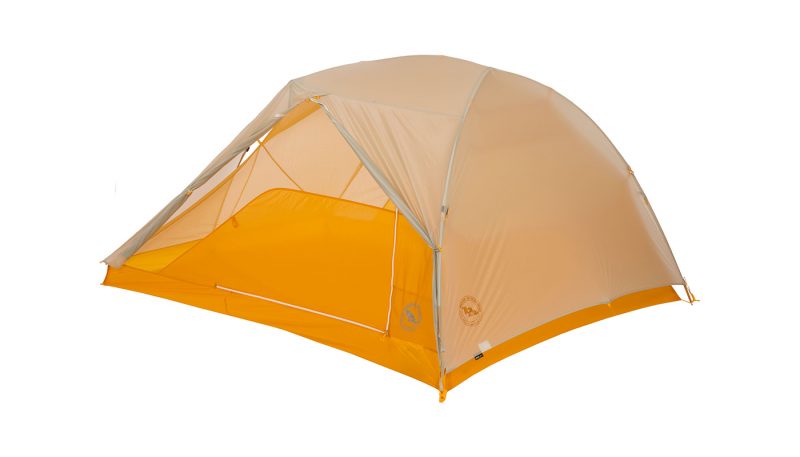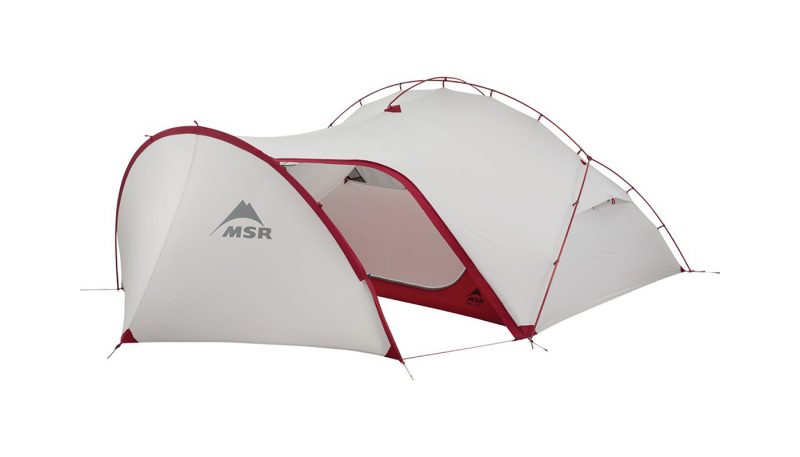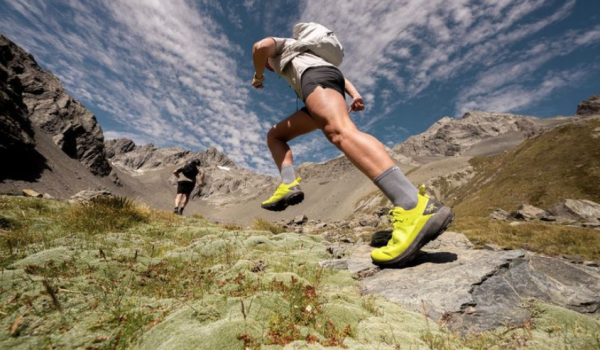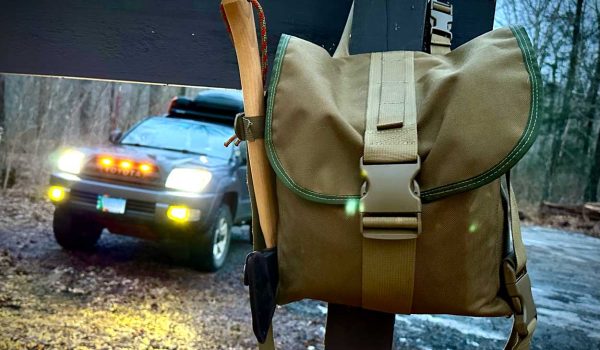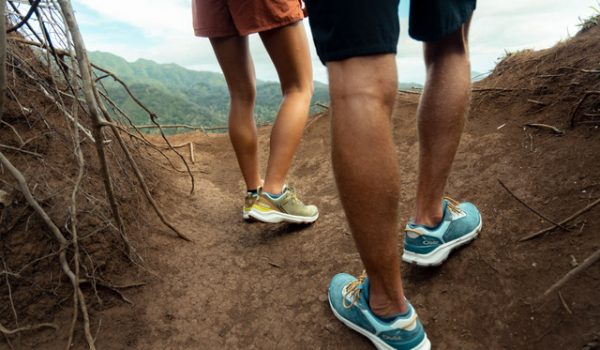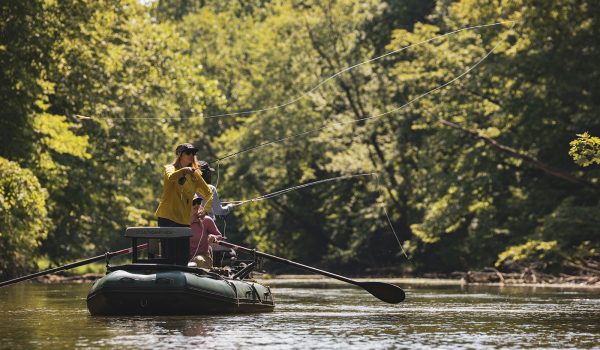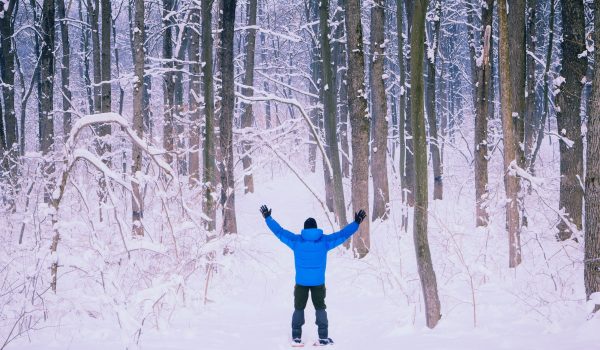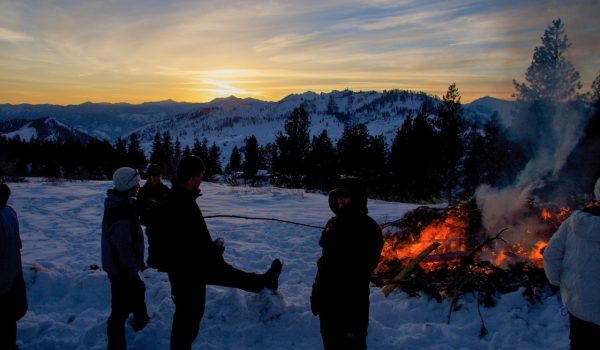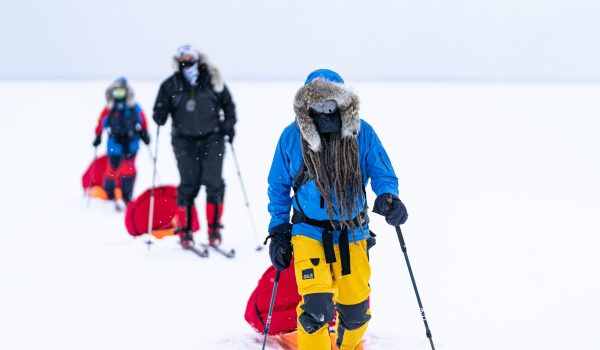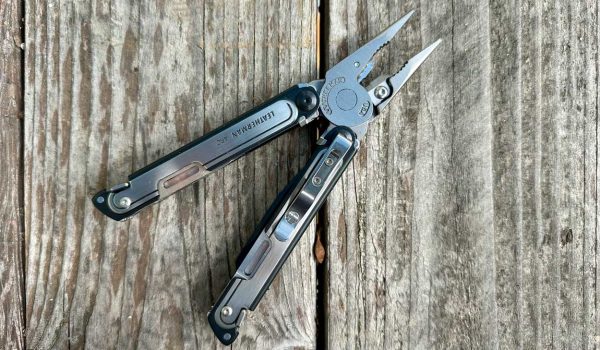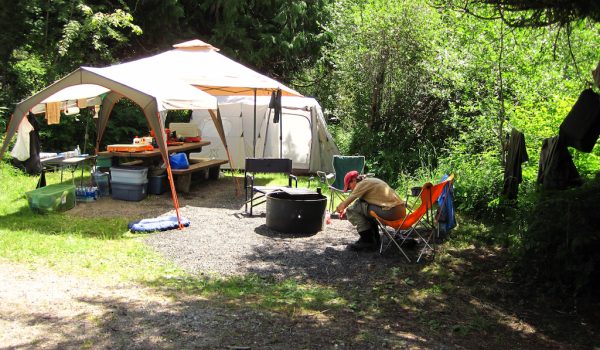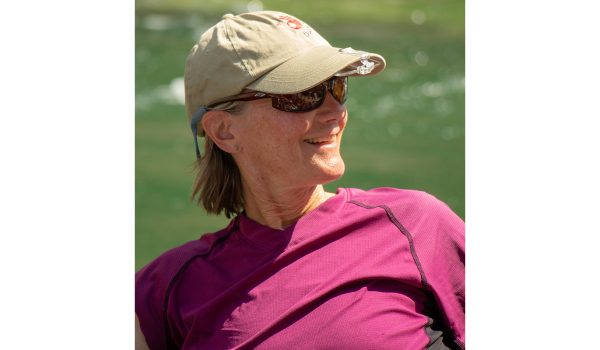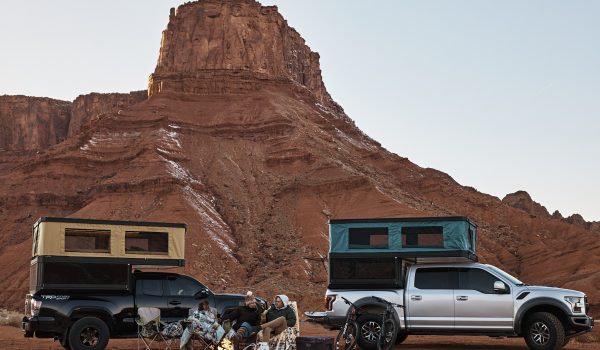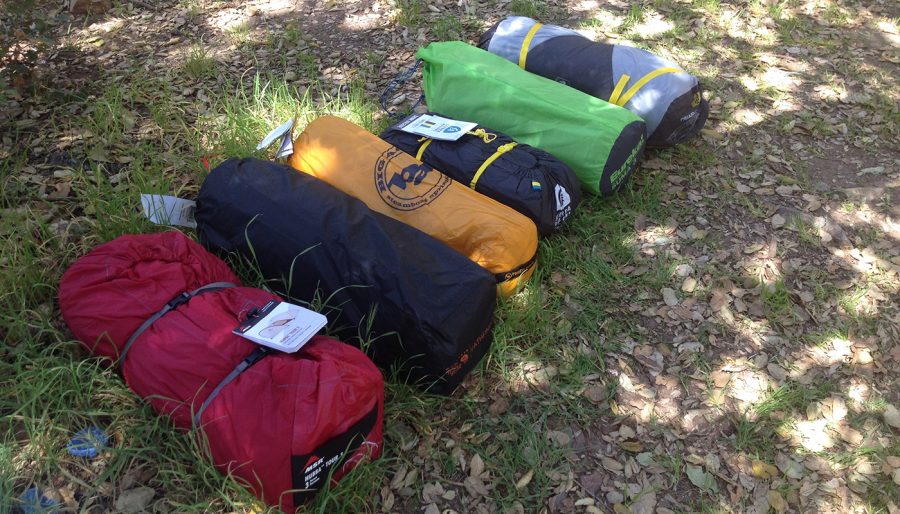 Our tester’s biggest takeaway from some of the nights spent in the backcountry with these tents is that you don’t think very much about wall steepness and height until you’re the person who draws the short straw and has to sleep on the outside – on the windward side, while rain batters the side of the tent at a deafening volume. When we’re assessing the livability of these larger tents, we really need to be assessing the liveability for the least comfortable person.
Our tester’s biggest takeaway from some of the nights spent in the backcountry with these tents is that you don’t think very much about wall steepness and height until you’re the person who draws the short straw and has to sleep on the outside – on the windward side, while rain batters the side of the tent at a deafening volume. When we’re assessing the livability of these larger tents, we really need to be assessing the liveability for the least comfortable person.
In this test group, we found an increased use of single pole designs. This is a tall order, considering how large some of these tents are. The test samples offered a wide range of wind profiles and weather resistance. Some of these tents are quite adept at handling nasty weather, borrowing some innovation from single-wall mountaineering tents. But the tents in this class also have gotten lighter.
The only wish list item we ran into was minor – part of the floor of the vestibule area in the MSR Hubba Tour 3 is covered with a small strip of a tarp. This adds a tiny bit of weight, but it’s really nice to get organized on some surface or to be surer that your stuff isn’t lying in mud while you huddle in the main part of the tent in a cold, driving rain.
The biggest surprise performance was the Big Agnes in weather. A part of the surprise came from always expecting the lightest tent to be the most fragile when the wind starts to blow, and during testing, this tent took some 50 mph gusts and brushed them off like nothing.
Shoulder Room
The MSR Hubba Tour 3 delivered the test’s only perfect score, on account of its vestibule, which is made huge by an independent pole (that needs to be staked out) and the second-most interior area. The Big Agnes took the bottom spot, as it exemplifies the restrictions of an ultralight backpacking tent, where weight takes priority over living area. It has the least interior area of the six tents that we looked at.
Interior and vestibule area played a big role in testing, but wall steepness was also important – a tent can have a large interior area and a high peak, but if the walls aren’t steep, then that area isn’t going to translate into a usable living area. The Eureka! Suma Tent suffered from this limitation.
One tent that did very well with wall steepness was the TNF Triarch 3. On either side the pole attaches to the wall of the body and pulls it outwards, resulting in an inverted wall – as it goes up towards the peak, it goes outwards, with the result being a large amount of shoulder room.
Packability
The Big Agnes Tiger Wall UL3 scores the best for Packability, both for weight and stuffability, but the TNF Triarch 3 also did well here with a cinch-able stuff sack, and the Mountain Hardwear scored well for its weight. The least packable were the Sierra Designs and the Eureka, which both suffered under the burden or a heavy trail weight, without the benefit of commensurate weatherproofness, or interior space in the case of the Sierra Designs.
The most important data point in this criteria was a tent’s weight, but also what you get for it – if a tent is heavy, but it makes up for it with a lot of space, or a huge vestibule, or very good weatherproofness, then these are redeeming factors that need to be accounted for.
Setup
Setup time, complexity, and vulnerability are important aspects to consider when selecting a tent. The first data point we use is the first-time setup – no instructions, no pictures, we just roll it out and see how long it takes to set up for the first time in sunny, calm conditions. Obviously, this inserts some bias if the tester is more familiar with certain styles of tents, and thus might find them quicker to set up, but with this experience, it’s a pretty good initial measure for how easy a tent might be to set up for the first time. So speed counts, but also intuitiveness, as well as how protected the setup is – if the fly is attached, or you can set up the fly first and the body second underneath, then you can set it up in driving rain and keep the interior relatively dry.
A growing trend in this category is the use of single poles, which is relatively new for tents this large. This was the case for the top-performing tent in this category, the Mountain Hardwear Pathfinder 3. This tent uses a single modified ‘H’ Pole, a single pole that goes in six different directions. This design is quick to set up and provides a good wind profile, all in a lightweight package. The least intuitive setup is The North Face Triarch 3, which has a complex three-pole arrangement, two of which snap together to form the tent’s superstructure.
Weatherproofness
The most weatherproof tents we looked at were The North Face Triarch 3 and the Big Agnes Tiger Wall 3, although the Triarch took home the title of ‘Best for the Storm From Hell’. Its complex pole structure gives a good frame for wind profile and weather resistance, and they both have a good mix of guy line options to secure the tent in a variety of sites. The worst in this criteria was the Eureka! Suma Tent, because of how big the tent’s surfaces are, without the requisite pole structure and wind profile to support it. We had it out in 50 mph gusts and it was buffeted.
Wind profile proved important in testing, in addition to how low the walls of the fly come down for repelling a driving rain.
Features
In the Features criteria, we looked at a tent’s cost, which had a very wide range in this set, with the most expensive tent (the MSR, at $750) more than four times the cost of the cheapest tent (the Eureka!, at $170). Also important in this criteria was the number of doors and vents that these tents included. The highest scorer for Features was the Big Agnes Tiger Wall 3, both for having two doors and two vents, but also for being the second least expensive tent in the set, while also being the lightest, ergo, the Best in Class. The lowest performer in the criteria was the MSR, which was sunk mostly by its astonishing price tag of $750. The Eureka also suffered in this department because it only has one door, and one vent near the top of the door. With three people getting in and out, adjusting their stuff, and needing to get up in the middle of the night to use the bathroom, two doors is basically essential. Ventilation also goes a long way to increase quality of life, especially when you’re on a ski touring trip and your buddies have weird smelling socks that are aerating whenever you’re in the tent.
Test Methods
To test these tents, we set them up side by side in the yard for a week, to see how similar conditions yield divergent results. We then take them into the backcountry, to see how they perform sleeping inside them. We use the same five criteria for all backpacking tent tests, which gives us continuity between testers and between categories.
What is a Three Person, Three Season Backpacking Tent?
This is a tent you take on a backpacking trip in spring, summer, or autumn. So no winter-ready tents, single wall mountaineering tents, no tarp-tents, and no bivy sacks.
There are two main subcategories here. The first is a cycling tour tent, represented by the MSR Hubba Tour 3, which has a huge vestibule, ostensibly so you can get a bicycle under cover if need be. This tent was included on the belief that that vestibule space would be just as handy in a backcountry pack trip, with lots of space for storing three packs, or for a protected area to cook or dry out gear. The other tents are generally traditional backpacking tents, with an emphasis on keeping the weight down. Ultralight backpackers wouldn’t consider such a large tent, probably dismissing it as a car camping tent. But these tents are getting light enough to make great application to the backcountry.
Our single most important criteria here is weight, which had a mean of 3.99 pounds, but a pretty big spread in both directions. The price tag also had a wide range, going from $170 (Eureka!) to $750 (MSR).
In addition to these tents becoming lighter than ever, with some even utilizing a single pole, and more joints in poles, there were other trends here. Two doors are becoming a must for a three-person tent, in that familiar way that each of us will discover the first time that three campers in close quarters all wake up in the morning and all really have to pee.
Let’s define a few terms: When we’re talking about a tent’s fly, if it’s attached, it can’t be taken off, and if it’s independent, then it needs to be put on second after the entire body is set up. Attached is good for a protected and quick setup, and independent is more flexible, allowing you to choose to take it off on a hot night, or at a good stargazing opportunity. There are two main styles that describe the connection between the end of the pole and the corner of the tent—pole into grommet style just involves sticking the end of the pole into some kind of grommet, while the cleat style features a little pocket at the corner of the tent, that the pole will usually snap into with a ball-and-socket connection. There are two main styles of pole, with a ‘Y’ as the most simple, just three lengths of pole that are connected at a central joint to form the shape of a ‘Y’, and an ‘H’ pole, which also uses three lengths of pole, but connected them at two different joints, rather than one.
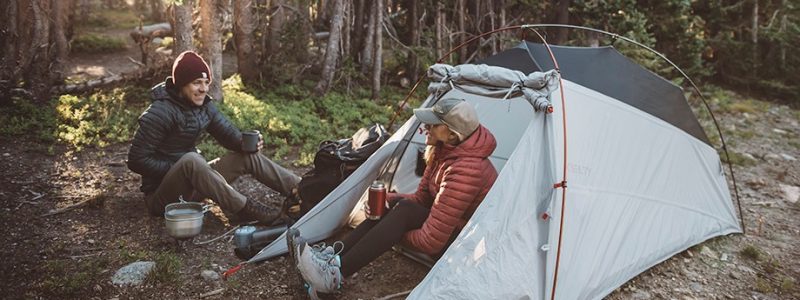








 Our tester’s biggest takeaway from some of the nights spent in the backcountry with these tents is that you don’t think very much about wall steepness and height until you’re the person who draws the short straw and has to sleep on the outside – on the windward side, while rain batters the side of the tent at a deafening volume. When we’re assessing the livability of these larger tents, we really need to be assessing the liveability for the least comfortable person.
Our tester’s biggest takeaway from some of the nights spent in the backcountry with these tents is that you don’t think very much about wall steepness and height until you’re the person who draws the short straw and has to sleep on the outside – on the windward side, while rain batters the side of the tent at a deafening volume. When we’re assessing the livability of these larger tents, we really need to be assessing the liveability for the least comfortable person. 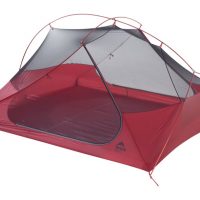
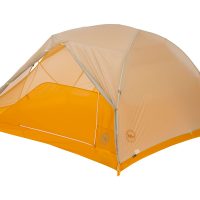



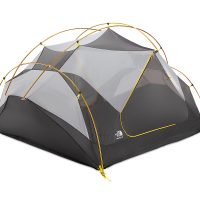
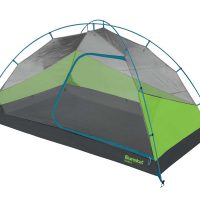
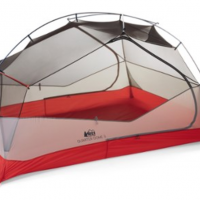
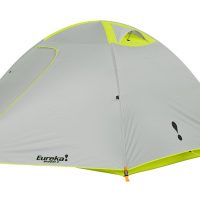
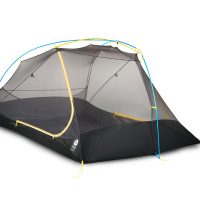
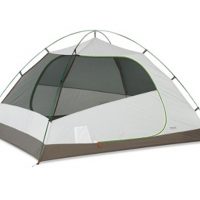
 89
89 